Fetish art encompasses a wide range of objects, acts, and desires. Artwork may include people in fetish situations or featuring fetishized body parts or objects. [caption id="attachment_1931"...
Fetish art encompasses a wide range of objects, acts, and desires. Artwork may include people in fetish situations or featuring fetishized body parts or objects.

Fetishism is a source of intrigue and sexual gratification. It has people attribute sexual pleasure through the presence or interaction of an object or body part. Their allure is so powerful that fetish objects were once attributed to supernatural powers.
Karl Marx describes a fetish as:
“An inanimate object worshipped by savages on account of its supposed inherent magical powers.”
Karl Marx on Technology and Alienation
Not all subjects of fetish art are objects, nor are they all inanimate. They are often also attributed to body parts. While the subjects of fetishes have wide variety, so do the themes in fetish art. We take a look at the themes in some of the most well-recognized fetishes:
- Apparel
- BDSM
- Transvestitism
- Feet
- Watersports
Themes in Fetish Apparel Art
Fetish clothes are many peoples’ first introduction to fetish art. Cartoons and comics often depict the villains wearing intimidating BDSM inspired apparel, such as Catwoman’s whip, claws, and tight leather one-piece.
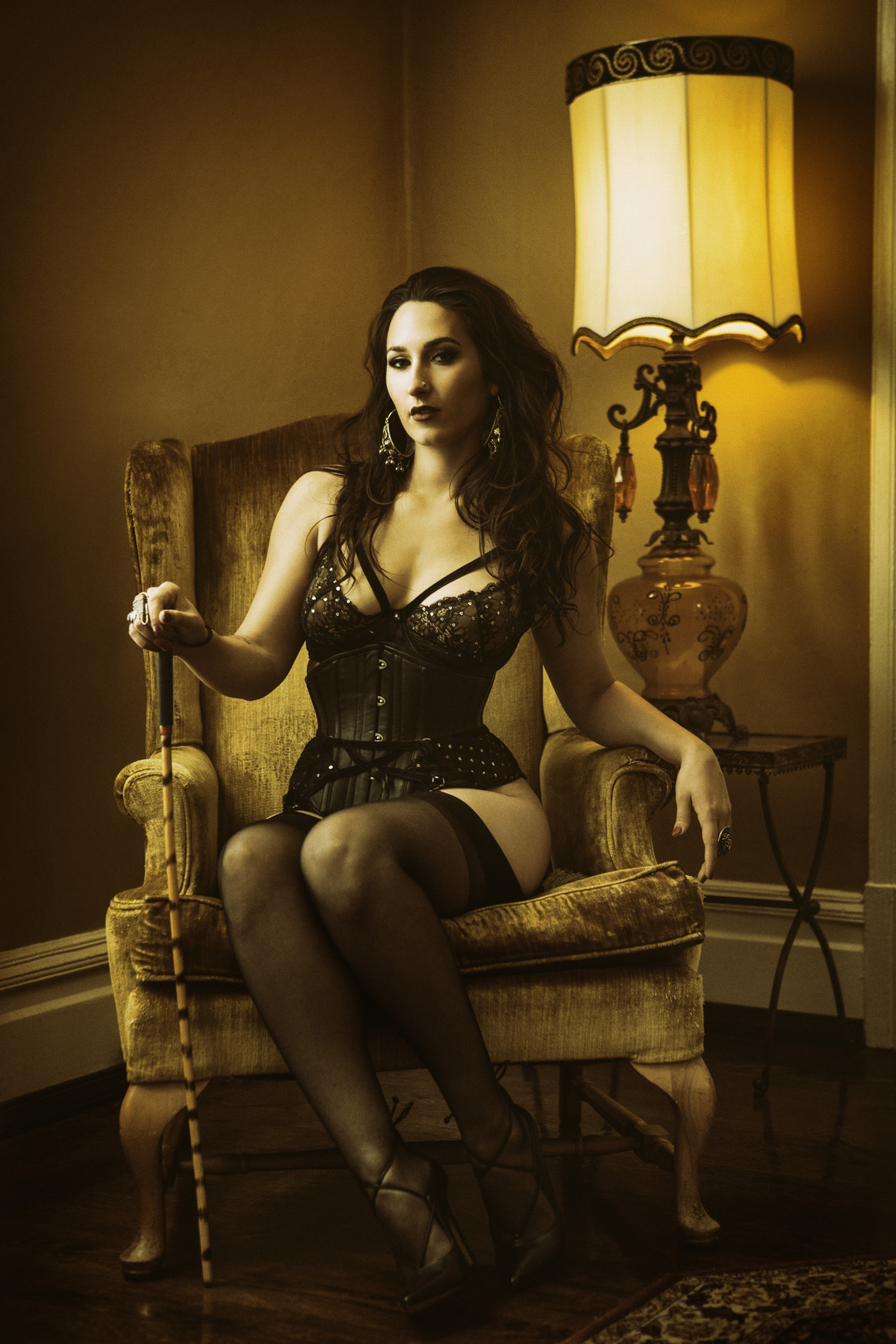
High heels, leathers, and corsets are just a few of a wide variety of fetish apparel. This fetish ranges from something as tame as arousal from stockings, or more intense like bondage masks and zentai suits.
The audience of apparel fetish art may be aroused by the apparel being worn by someone, or simply displayed on its own. Fetish clothing draws influence from other fetishes, so there is a lot of crossover between themes.
Some of these themes include:
- Power: Clothing is symbolic of power and social standing.
- Domination: Dominatrix outfits, riding crops, and whips are just some examples of fetish clothing and accessories used to display dominance.
- Femininity: Many of the clothing options, such as garters and corsets can accentuate and sexualize female features.
- Sexual Suggestion: Clothing can be sexually suggestive, especially panties and undergarments that cover breasts and genitalia.
Themes in BDSM Art
BDSM art can span a number of fetish interests and pleasures. Bondage, domination and S&M art all fall under this umbrella and share a number of themes. Many of the themes are sub-themes of power exchange:
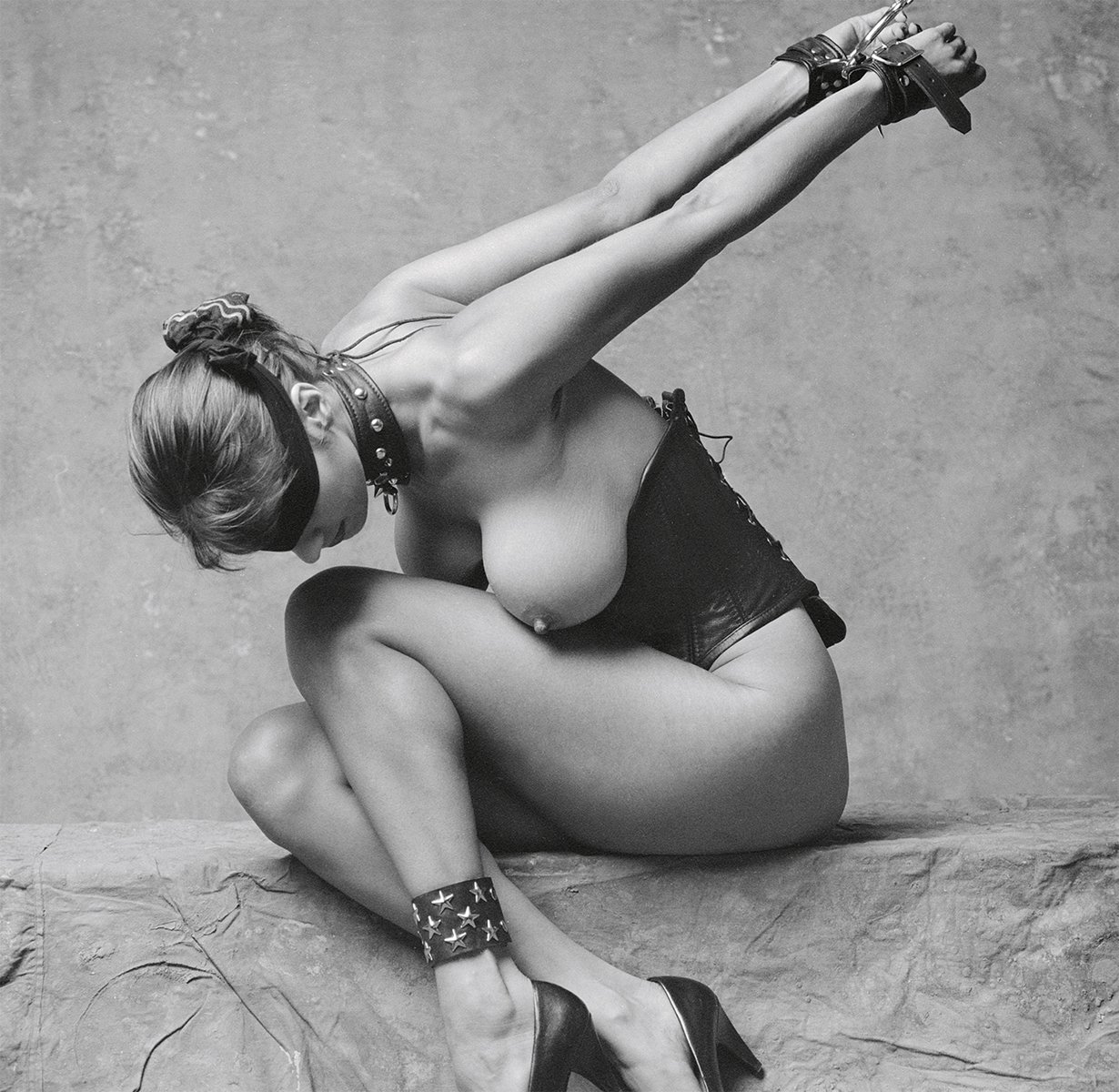
- Submission: BDSM art may display someone submitting to another, or depict someone in a submissive position.
- Humiliation: Receiving physical or verbal humiliation is a common BDSM desire. It is more common for erotic prints to depict physical humiliation than verbal.
- Sex Change: In BDSM, a sex change is not necessarily changing the body, nor does it have to come from a desire of being the opposite sex. In most cases, it’s symbolic – wearing female clothing or changing the power dynamic by reversing traditional gender roles.
These themes are most common among men, especially ones in high social or financial status. It is a temporary release from the burdens of responsibility earned by giving up control.
Other themes within BDSM are more common amongst both genders. However, all fetishes tend to skew more towards men. Some of these fetishes include:
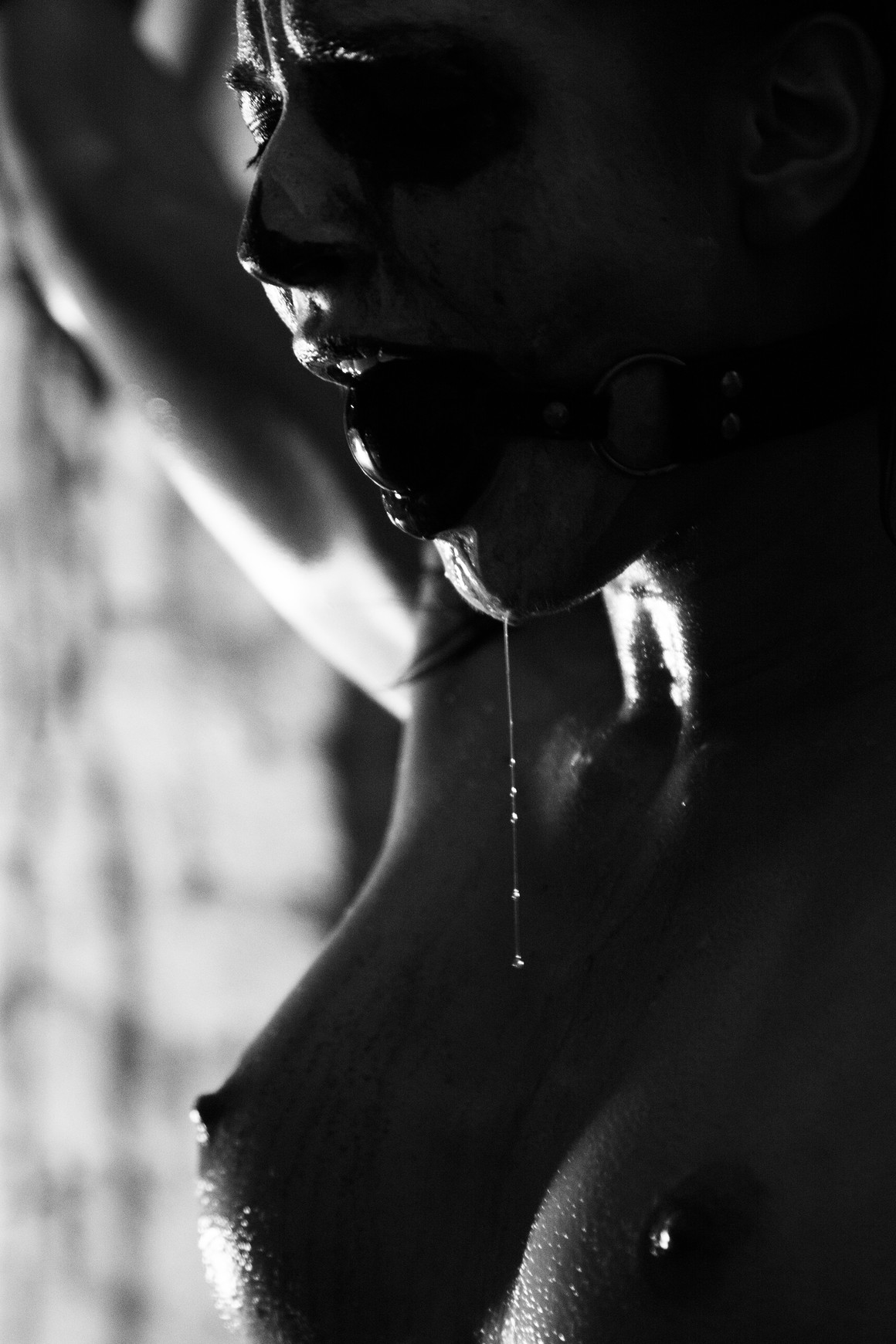
- Dominance: A common desire is to be dominant in sexual situations. Control is a powerful erotic stimulant for some. BDSM art can serve dual purposes for submissives and dominants. A photograph of someone being submissive can give the dom a sense of control or power. A sub can look at the same photo and experience the submissive experience through the subject.
- Pain: In fetish art, pain and pleasure are two sides of the same coin. This is certainly true in BDSM art. Images of nipple clamps and hot wax being poured on the body will tantalize many S&M fans.
Themes in Transvestitism Art
Transvestitism is an often misunderstood fetish. It is often confused with transsexualism and homosexuality, although it is separate from both. A more commonly-known term is crossdressing.
Transvestitism is cross-dressing for sexual pleasure. It usually does not come from a desire to become the opposite sex. It can involve wearing a complete outfit, or simply a single garment. A man wearing women’s panties or stockings are common examples.
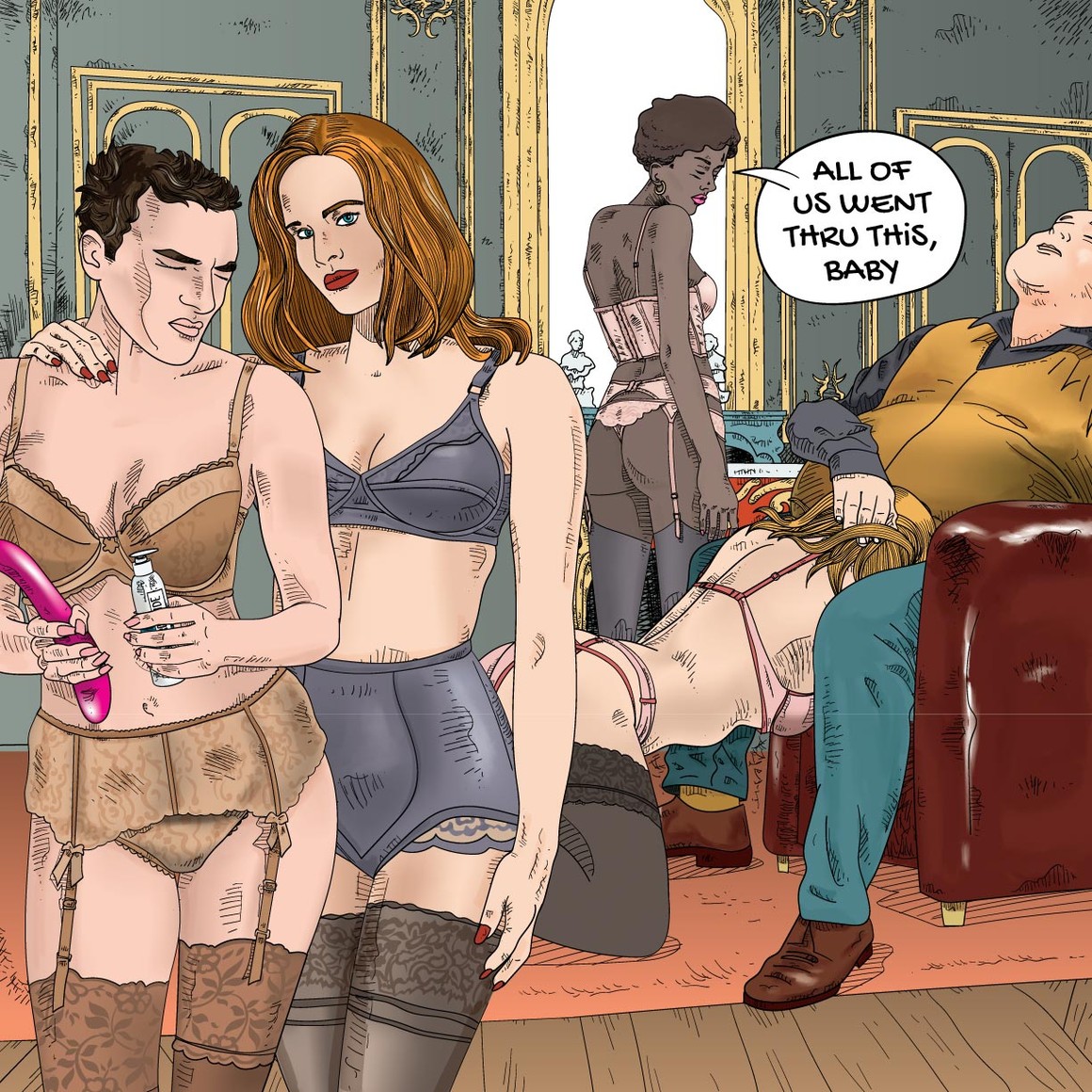
These are a few of the most common themes in Transvestitism art:
- Forced: Transvestitism art often displays power and domination themes. One common image is forcing men to wear women’s clothing, this can also appeal to humiliation enthusiasts.
- Role Reversal: Role reversal is another common use of transvestitism in fetish art. Dressing in the clothing of the opposite gender is a symbolic role reversal.
- Clothing: Crossdressing is often an extension of a clothing fetish.
- Gender Worship: Dressing in the apparel of the opposite gender is sometimes a form of gender worship or submission to the opposite gender.
Themes in Foot Fetish Art
Feet are one of the most well-known fetishes and are the most common sexual fetish for non-sexual body parts or objects. A foot fetishist may derive pleasure from viewing feet, playing with them, smelling, licking or kissing. Foot fetish art may display feet on their own, or being interacted with.
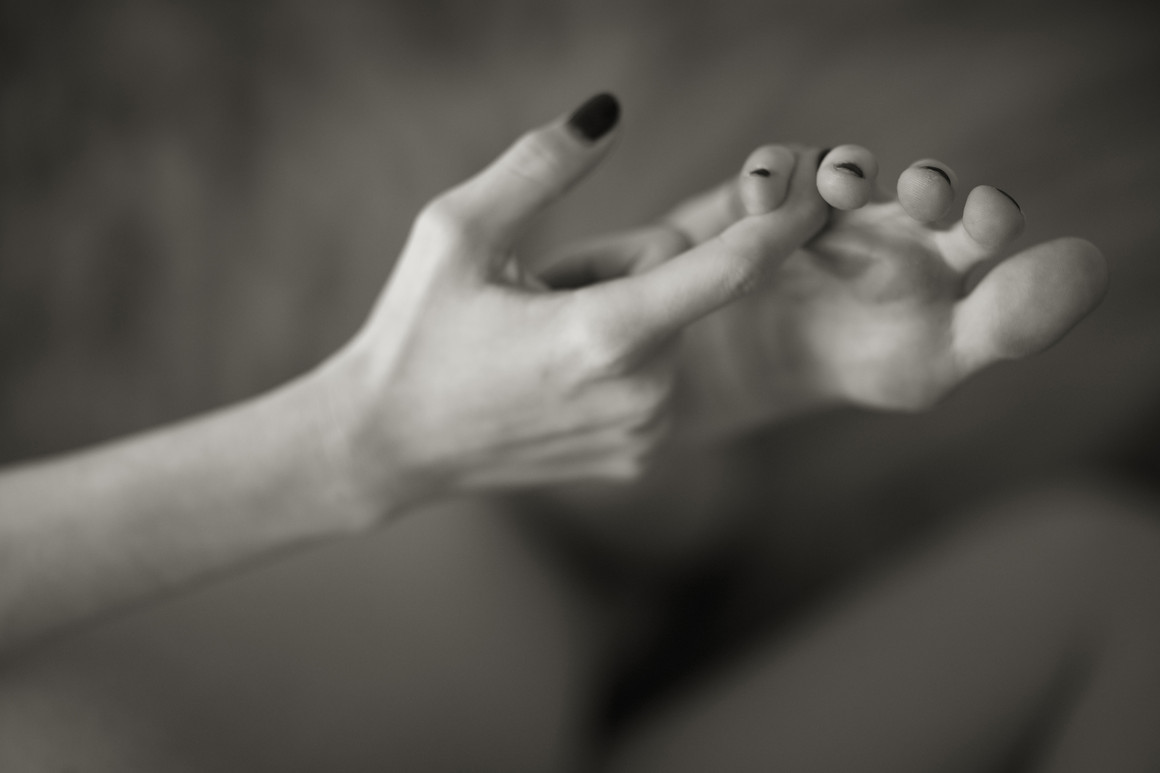
There are a number of explanations and erotic philosophies for the popularity of foot fetishes. One is that the areas in the brain that are responsible for sexual gratification are close to the area that registers information from the feet. The belief is that the proximity makes it easy to cross the wires.
Another theory presented by Dr. James A Giannini of Ohio State University is that foot fetishes are appealing because they are safe. He links the frequency of foot fetishes throughout history with times of increased STI/STD scares.
Some common themes in foot fetish art include:
- Female Worship: Foot worship often has ties to female worship. In the above theory by Dr. Giannini, he also found the foot fetishes become more common at times of female empowerment.
- Submission: Devotion to someone’s feet can be a form of submission. A literal example of the old phrase, “grovelling at one’s feet,” can give some erotic art patrons a thrill.
- Shoes & Jewellery: Shoes and foot jewellery are extensions of a clothing fetish that is specific to feet. Some foot fetish art pieces simply display a shoe and no foot.
- Foot Worship: Images of pampering, smelling, kissing, or licking feet are appealing to lovers of foot worship.
Themes in Watersports Art
Watersports art generally appeals to either urolagnia or urophilia. Urolagnia is a sexual pleasure from viewing or partaking in watersports. Urophilia is sexual arousal from urine itself.

Golden shower and watersports artwork has been found as far back as 100 AD. Here are a few common themes of watersports art:
- Taboo: One of the appeals of watersports artwork is taboo nature. A focus on breaking this taboo is liberating and exciting. Part of this taboo nature may be due to urination being treated as shameful or private at a young age.
- Intimacy: The private nature of urination can give it an intimate appeal.
- Power: Erotic prints with someone being urinated on display an exchange of power. It can also display dominance and submission.
- Humiliation: Urine fetish art may create pleasure in the audience by displaying humiliation. This may be from a dominant forcing one to urinate, consume, or smell urine.
- Urine: For urophiles, watersports art may be about the urine itself.
Shop Fetish Art
Fetish art contains many more specific fetishes, themes, and subjects. Art Provocateur carries a selection of leading nude and erotic art prints and originals. Shop fetish art from our gallery and explore what piques your interest.